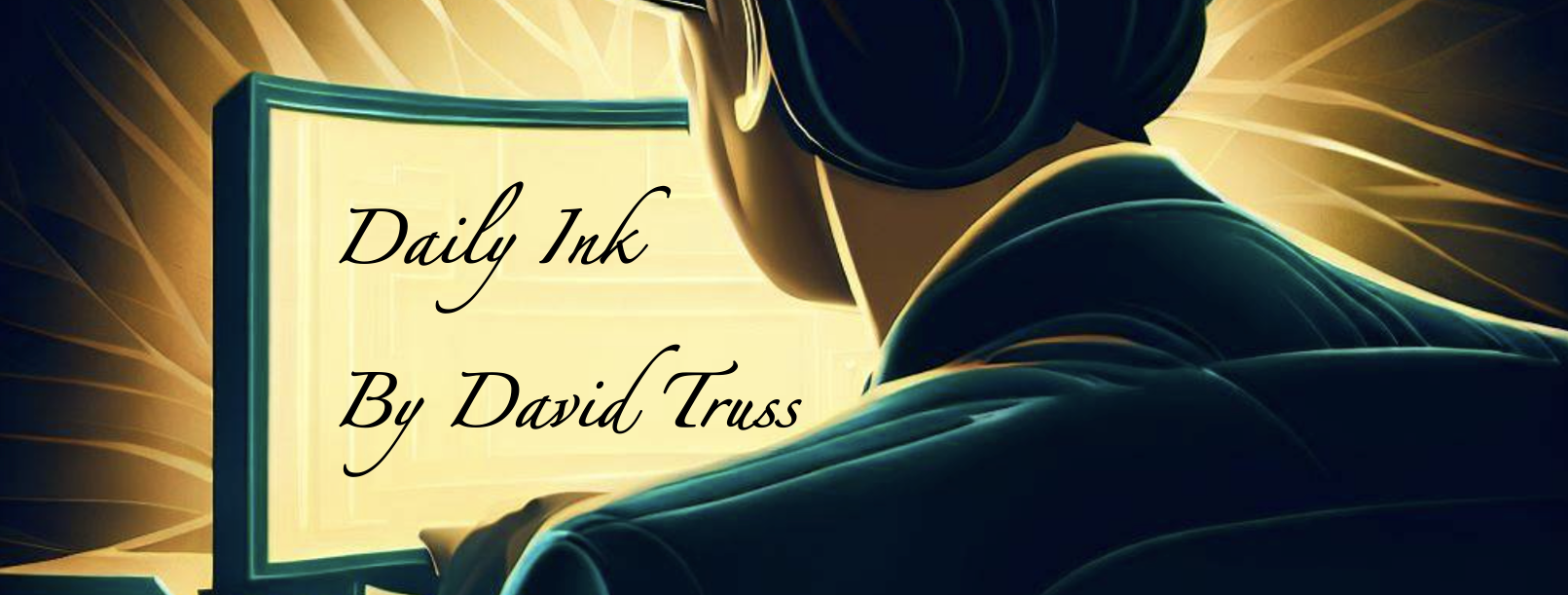The last few weeks have been busy. That is a statement I could probably say at any given point in the school year, but specifically I’ve been task busy recently. What I mean is that my day disappears with me doing what I need to do and not at all what I want to do. I haven’t had much thinking time.
So at the end of last week I started a drawing on my office whiteboard. It a hero’s journey metaphor for our school. I’m not ready to share the drawing yet, ideas are still being put together. But I can share a couple parts I’ve already written about:

And,

I’ve probably only spent about an hour and a half over 4 days on this, not too much time… But this time has allowed me to think… It has given my brain permission to go beyond the tasks at hand… It has excited me about the journey ahead.
It’s easy to get caught in the hamster wheel, racing to nowhere, but getting there quickly. It takes intentional effort to step off the wheel and to pause long enough to think, to be creative. My whiteboard has become that space.
Yesterday after lunch, I was working on a section of the board where my secretary could see me making notes and she said, “You are having so much fun on that board.” For about 15-20 minutes I was! I’ve created some thinking time and space in my day. It’s not only time well spent, it’s time that charges my batteries and help me see value in all the other things I must do. It reminds my of why everything else matters, because our personal journey matters… if we make time for it.















